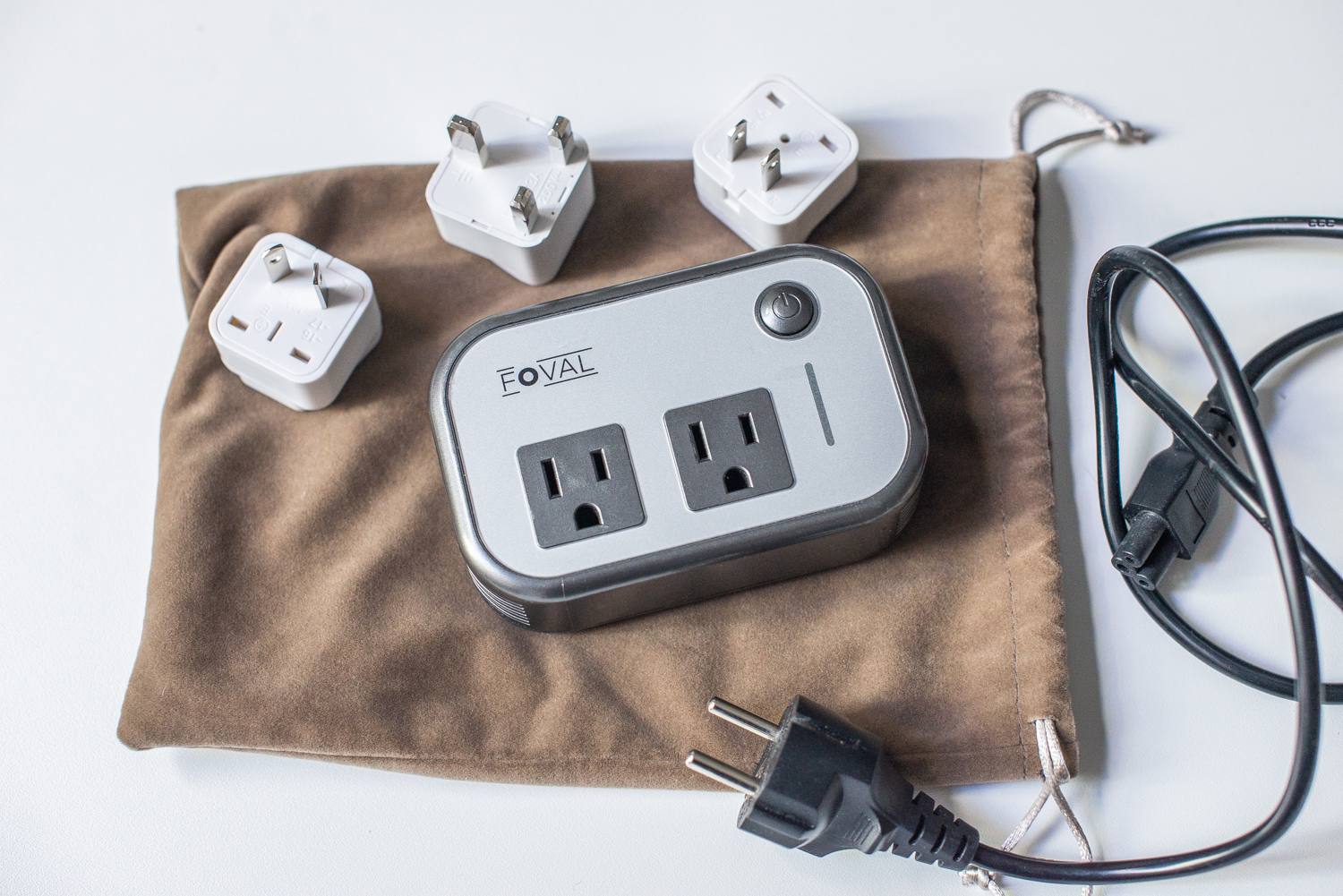

Articles
How To Use Socket Adapter
Modified: January 6, 2024
Learn how to use a socket adapter for various articles, ensuring compatibility and ease of use. Streamline your DIY projects with this essential tool.
(Many of the links in this article redirect to a specific reviewed product. Your purchase of these products through affiliate links helps to generate commission for Storables.com, at no extra cost. Learn more)
Introduction
Socket adapters are essential tools that allow you to connect and use different types of sockets with various devices or equipment. Whether you’re a professional tradesperson or a DIY enthusiast, having a socket adapter can greatly expand the versatility of your toolkit.
In this article, we will explore the world of socket adapters, learn how they work, and discover the steps to effectively use them. We will also discuss the importance of choosing the right socket adapter for your needs and highlight some safety precautions to keep in mind while working with these tools.
Socket adapters are primarily used to convert one type of socket to another, enabling you to connect sockets of different sizes, shapes, or drives. For example, you might have a socket with a 1/2-inch drive, but the fastener you need to work with requires a 3/8-inch drive. A socket adapter allows you to bridge the gap and make the necessary connection.
The choice of socket adapter largely depends on the specific requirements of your job or project. These adapters are available in various sizes, drives, and configurations, catering to different types of sockets and tools. It’s important to select the right adapter that matches the drive size of your socket and fits securely onto both the socket and the tool you intend to use.
Using a socket adapter involves a few simple steps. First, you need to identify the drive size of the socket you want to connect. Then, select the appropriate socket adapter with the corresponding drive size. Finally, securely attach the adapter to both the socket and the tool, ensuring a tight and stable connection.
While socket adapters offer convenience and versatility, it’s crucial to follow safety precautions when using them. Always make sure that the adapter is securely and correctly attached to both the socket and the tool. Be mindful of the torque limits of the adapter and avoid excessive force that could lead to damage or injury. Additionally, regularly inspect the adapter for any signs of wear or damage and replace it if necessary.
In the following sections of this article, we will delve deeper into the world of socket adapters, providing valuable insights on choosing the right adapter, step-by-step instructions for using them effectively, and tips for troubleshooting common issues you may encounter. By the end, you will be well-equipped with the knowledge to make the most out of socket adapters and enhance your work efficiency.
Key Takeaways:
- Socket adapters provide versatility by connecting sockets of different sizes and drives, expanding your toolkit’s capabilities for various projects and tasks.
- Prioritize safety by adhering to torque limits, inspecting for wear, and securely attaching adapters. Troubleshoot common issues for smooth and efficient work with socket adapters.
Read also: 12 Amazing Light Socket Adapters for 2024
Understanding Socket Adapters
Socket adapters are versatile tools that allow you to connect sockets of different sizes and drives together. They are commonly used in automotive repair, construction, and various DIY projects. To fully understand how socket adapters work, it’s crucial to grasp the key components and terminology associated with these tools.
The primary purpose of a socket adapter is to bridge the gap between sockets and tools that have different drive sizes. The drive size refers to the square-shaped opening on the socket where the tool is inserted. The most common drive sizes are 1/4-inch, 3/8-inch, and 1/2-inch, although larger drive sizes like 3/4-inch and 1-inch are also available for heavy-duty applications.
Socket adapters are typically made of hardened steel, ensuring durability and strength to withstand the torque generated during use. They have a male end, where the socket is attached, and a female end, which fits onto the tool. The adapter itself can range in length, with shorter adapters being more compact and suitable for confined spaces, while longer adapters provide additional leverage and reach.
In addition to drive sizes, socket adapters also come in different configurations to accommodate various types of sockets. The most common configuration is a standard straight adapter, which connects sockets and tools in a linear fashion. However, there are also flexible adapters that allow for angled or offset connections, making them ideal for accessing hard-to-reach areas.
Another important aspect to consider when using socket adapters is the direction of rotation. Most adapters are designed to work with sockets in a clockwise (right-hand) rotation. However, reversible adapters are available, enabling you to use sockets with both clockwise and counterclockwise (left-hand) rotations.
Socket adapters may also feature additional features, such as quick-release mechanisms or locking mechanisms, which allow for rapid socket changes and prevent sockets from slipping off during use.
Understanding the different components and terminology associated with socket adapters is essential for effectively using these tools. By having a clear understanding of the drive sizes, configurations, and other features, you can confidently select the right adapter for your needs and ensure a secure connection between the socket and the tool.
In the next section of this article, we will explore the important factors to consider when choosing the right socket adapter for your specific tasks. By making an informed decision, you can maximize the versatility of your socket set and accomplish various projects with ease.
Choosing the Right Socket Adapter
When it comes to selecting the right socket adapter for your needs, there are several important factors to consider. Taking the time to make an informed decision will ensure that you have the appropriate adapter that fits securely and allows for smooth and efficient work.
The first factor to consider is the drive size compatibility. You need to ensure that the socket adapter matches the drive size of both the socket and the tool you intend to use. Using an adapter with the wrong drive size can result in a loose or unstable connection, compromising the effectiveness and safety of your work.
It’s also essential to look at the overall quality and construction of the socket adapter. Opt for adapters made from high-quality materials, such as hardened steel, as they provide durability and can withstand the torque applied during use. Additionally, check for features like precision machining and a smooth finish, which can contribute to a better fit and reduce the risk of slippage.
The length of the socket adapter is another factor to consider. Longer adapters can provide additional leverage and reach, making them suitable for situations where access is limited or when more torque is required. On the other hand, shorter adapters are more compact and helpful in confined spaces.
Consider the configuration of the adapter as well. Standard straight adapters are the most common and versatile option, suitable for a wide range of applications. However, if you anticipate needing to work in tight or awkward spaces, consider flexible adapters that allow for angled or offset connections.
If you frequently work with both clockwise and counterclockwise rotations, it may be beneficial to invest in reversible socket adapters. These adapters allow you to use sockets with both directions, enhancing versatility and convenience.
Additional features, such as quick-release mechanisms or locking mechanisms, can also be advantageous. Quick-release mechanisms enable rapid socket changes, allowing you to switch between different socket sizes without wasting time. Locking mechanisms, on the other hand, ensure that the socket remains securely attached to the adapter during use, reducing the risk of accidental detachment.
Finally, consider the specific tasks or projects you will be working on. Different jobs may require different socket adapters based on the size and type of fasteners you will be working with. By understanding your specific needs and selecting the appropriate adapter accordingly, you can ensure a smooth and efficient workflow.
By considering these factors, you can confidently choose the right socket adapter for your tasks. A well-selected adapter will provide a secure and reliable connection between your socket and tool, enabling you to tackle a variety of projects with ease.
In the next section, we will walk you through the step-by-step process of using a socket adapter effectively. By following these instructions, you’ll be able to harness the full potential of your socket adapter and work efficiently.
Steps to Use a Socket Adapter
Using a socket adapter is a relatively straightforward process. By following a few simple steps, you can effectively connect different sockets and tools, expanding the versatility of your toolkit. Here’s a step-by-step guide to using a socket adapter:
- Identify the Drive Size: Begin by identifying the drive size of the socket you want to connect. This is typically indicated by the square-shaped opening on the socket. Common drive sizes include 1/4-inch, 3/8-inch, and 1/2-inch. Knowing the drive size will help you choose the appropriate socket adapter.
- Select the Right Socket Adapter: Based on the drive size of the socket, choose a socket adapter that matches both the socket and the tool you intend to use. Ensure that the drive size of the adapter is compatible with both the socket and the tool.
- Attach the Socket Adapter: Place the socket adapter onto the drive end of the socket. The adapter should fit securely onto the socket.
- Secure the Socket to the Adapter: Attach the desired socket onto the other end of the adapter. Make sure it is securely fitted onto the adapter, ensuring a tight and stable connection.
- Connecting the Tool: Once the socket is securely attached to the adapter, connect the tool (such as a ratchet or an impact driver) onto the square-shaped drive end of the adapter. Ensure that the tool is firmly attached to the adapter.
- Tighten or Loosen: Depending on the task at hand, use the tool connected to the adapter to either tighten or loosen the fastener.
- Removal: When you’re finished with a particular task or need to switch to a different socket, simply disconnect the tool from the adapter by pulling it off the square-shaped drive end. Then, remove the socket from the other end of the adapter.
- Store Properly: After use, clean the socket adapter and store it in a designated place, ensuring it’s protected from moisture and potential damage.
Following these steps will allow you to effectively use a socket adapter, enabling you to connect different sockets and tools effortlessly. Remember to always check that the adapter is securely attached to both the socket and the tool before applying torque, and never exceed the recommended torque limits.
Next, we will discuss some important safety precautions to keep in mind while using socket adapters. By following these guidelines, you can ensure a safe and accident-free working environment.
When using a socket adapter, make sure to match the drive size of the adapter with the drive size of the socket. Using the wrong size can result in damage to the tools or fasteners.
Safety Precautions while Using Socket Adapters
While socket adapters are handy tools that enhance the versatility of your toolbox, it’s essential to prioritize safety when using them. By following some simple but crucial safety precautions, you can minimize the risk of accidents and injuries. Here are some important safety guidelines to keep in mind:
- Inspect the Adapter: Before use, carefully inspect the socket adapter for any signs of wear, damage, or deformation. If you notice any issues, such as cracks or bent parts, do not use the adapter and replace it with a new one.
- Use the Correct Drive Size: Ensure that the drive size of the adapter matches both the socket and the tool you are using. Using an adapter with an incorrect drive size can lead to an insecure connection and potential accidents.
- Securely Attach the Adapter: When attaching the adapter to the socket, make sure it fits snugly and securely. A loose or unstable connection can result in the socket slipping off during use, causing damage to the fastener or potential injury.
- Follow Torque Recommendations: Each socket adapter has a recommended torque limit. Exceeding this limit can lead to the adapter breaking or failing. Be sure to follow the manufacturer’s guidelines and apply torque within the specified limits.
- Avoid Excessive Force: While socket adapters can handle a certain amount of force, excessive force can cause them to deform or fail. Applying too much force can also lead to stripped fasteners or injury. Use controlled and steady force to tighten or loosen the fastener.
- Protective Gear: Wear appropriate personal protective equipment, such as gloves and safety glasses, to protect yourself from potential hazards. This is particularly important when working with power tools.
- Maintain a Stable Working Environment: Ensure that your work area is clean and free of clutter. A stable workspace prevents accidental slips, trips, or falls that can lead to injuries while using socket adapters.
- Proper Handling and Storage: Handle the socket adapter with care to avoid dropping or mishandling it, as this can cause damage. After use, clean the adapter and store it in a designated place, away from moisture and extreme temperatures.
- Read and Follow Instructions: Familiarize yourself with the manufacturer’s instructions and recommended practices for using the specific socket adapter you have. Following these guidelines will help you use the tool properly and safely.
- Training and Experience: If you are new to using socket adapters or are unsure about a particular task, seek guidance from a knowledgeable person or undergo appropriate training before attempting it yourself.
By adhering to these safety precautions, you can ensure a safe working environment and reduce the risk of accidents or injuries while using socket adapters. Remember, your safety should always be the top priority when working with tools.
In the next section, we will discuss some common issues that can arise when using socket adapters and provide troubleshooting tips to help you overcome those challenges.
Read more: How To Use Usb Adapter
Troubleshooting Common Issues
While using socket adapters, you may encounter a few common issues that can hinder your work. Understanding these challenges and knowing how to troubleshoot them will help you overcome any obstacles that arise. Here are some common issues with socket adapters and troubleshooting tips:
- Loose Connection: If you find that the socket or tool is not securely attached to the adapter, check for any debris or dirt obstructing the connection. Clean the surfaces of both the socket and the adapter, ensuring a clean and tight fit.
- Stuck or Jammed Socket: Sometimes, a socket can become stuck on the adapter, making it challenging to remove. If this occurs, try using a pair of pliers or a rubber mallet to gently tap the socket, loosening it from the adapter. Avoid using excessive force, as this can cause damage to the socket or the adapter.
- Getting Stuck in Tight Spaces: In situations where access is restricted, using a standard straight adapter may not be feasible. Consider using a flexible adapter, which allows for angled or offset connections. This can help you reach tight spaces and work more effectively.
- Slippage: Slippage can occur when there is insufficient friction between the adapter, socket, and tool, leading to a lack of grip on the fastener. To address this issue, ensure that all components are clean and free from debris. You can also try using a socket adapter with a locking mechanism to prevent slippage during use.
- Adapter Breakage or Failure: If your socket adapter breaks or fails, it’s crucial to replace it immediately. Continuing to use a damaged adapter can lead to accidents or damage to your tools and equipment. Always inspect the adapter before use and replace it if any signs of wear, damage, or deformation are present.
- Incorrect Drive Size: Using a socket adapter with the wrong drive size can result in an insecure connection and potential accidents. Double-check the drive size compatibility of the adapter with both the socket and the tool before use.
- Stripped Fasteners: Applying excessive force or using the wrong size socket can strip the fasteners, making them difficult to remove. To avoid this issue, ensure that you are using the correct size socket with the appropriate torque. If a fastener is already stripped, you may need to use a specialized tool, such as a bolt extractor, to remove it.
- Tool Compatibility: Some tools may not be compatible with certain socket adapters due to design variations or unique features. Before purchasing an adapter, check its compatibility with the specific tool you intend to use to ensure a proper fit and seamless operation.
By troubleshooting these common issues, you can overcome challenges that may arise while using socket adapters. Remember to always prioritize safety and follow the manufacturer’s instructions and recommended practices. With proper troubleshooting techniques, you can ensure smooth and efficient work with socket adapters.
Before we conclude, let’s summarize the key points discussed in this article.
Conclusion
Socket adapters are versatile tools that provide the flexibility to connect sockets of different sizes and drives, expanding the capabilities of your toolkit. By understanding how socket adapters work and following some essential guidelines, you can make the most out of these tools while ensuring a safe and efficient working environment.
When choosing a socket adapter, consider factors such as drive size compatibility, construction quality, length, configuration, and additional features. Selecting the right adapter for your specific needs will ensure a secure and reliable connection between the socket and the tool.
Using a socket adapter involves a straightforward process of attaching the adapter to the socket, securely connecting the desired socket, and then attaching the tool. Following the recommended torque limits and handling the adapter and tool with care will help you achieve optimal results in your projects.
It is crucial to adhere to safety precautions while using socket adapters. Regularly inspect the adapter for wear or damage, securely attach the adapter to both the socket and the tool, and always follow torque recommendations. Additionally, wear appropriate protective gear, maintain a stable working environment, and store the socket adapter properly after use.
If you encounter any issues with socket adapters, such as loose connections, stuck sockets, slippage, or adapter breakage, troubleshoot the problem by cleaning the components, switching to flexible adapters, or replacing damaged adapters to ensure smooth operations.
Socket adapters are valuable tools in various industries, including automotive repair, construction, and DIY projects. By harnessing their capabilities and following the guidelines discussed in this article, you can expand your toolkit’s versatility and improve your productivity.
Remember, the safety of yourself and others should always take precedence. By staying informed, practicing caution, and using socket adapters responsibly, you can streamline your work process and accomplish tasks with confidence and efficiency.
Frequently Asked Questions about How To Use Socket Adapter
Was this page helpful?
At Storables.com, we guarantee accurate and reliable information. Our content, validated by Expert Board Contributors, is crafted following stringent Editorial Policies. We're committed to providing you with well-researched, expert-backed insights for all your informational needs.
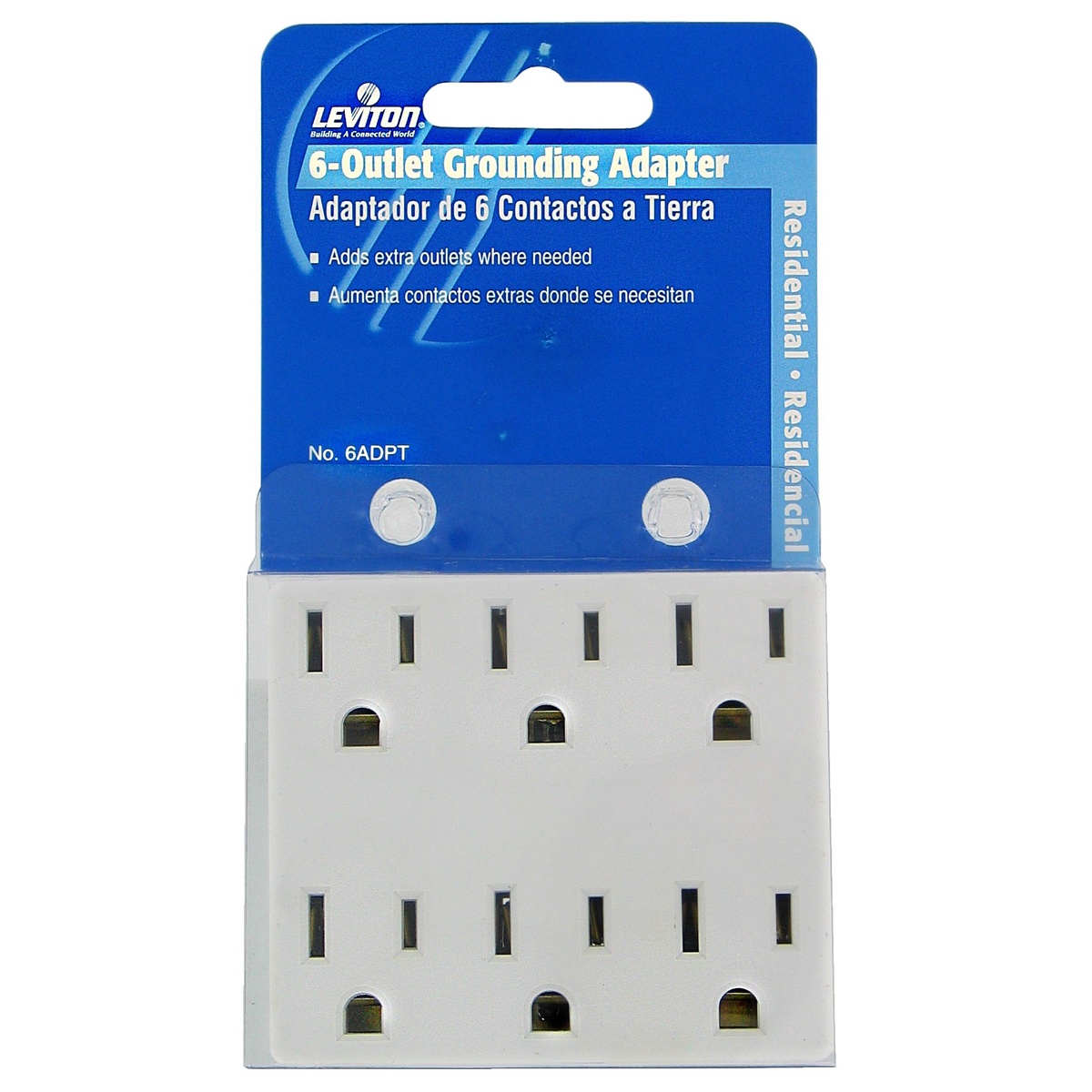
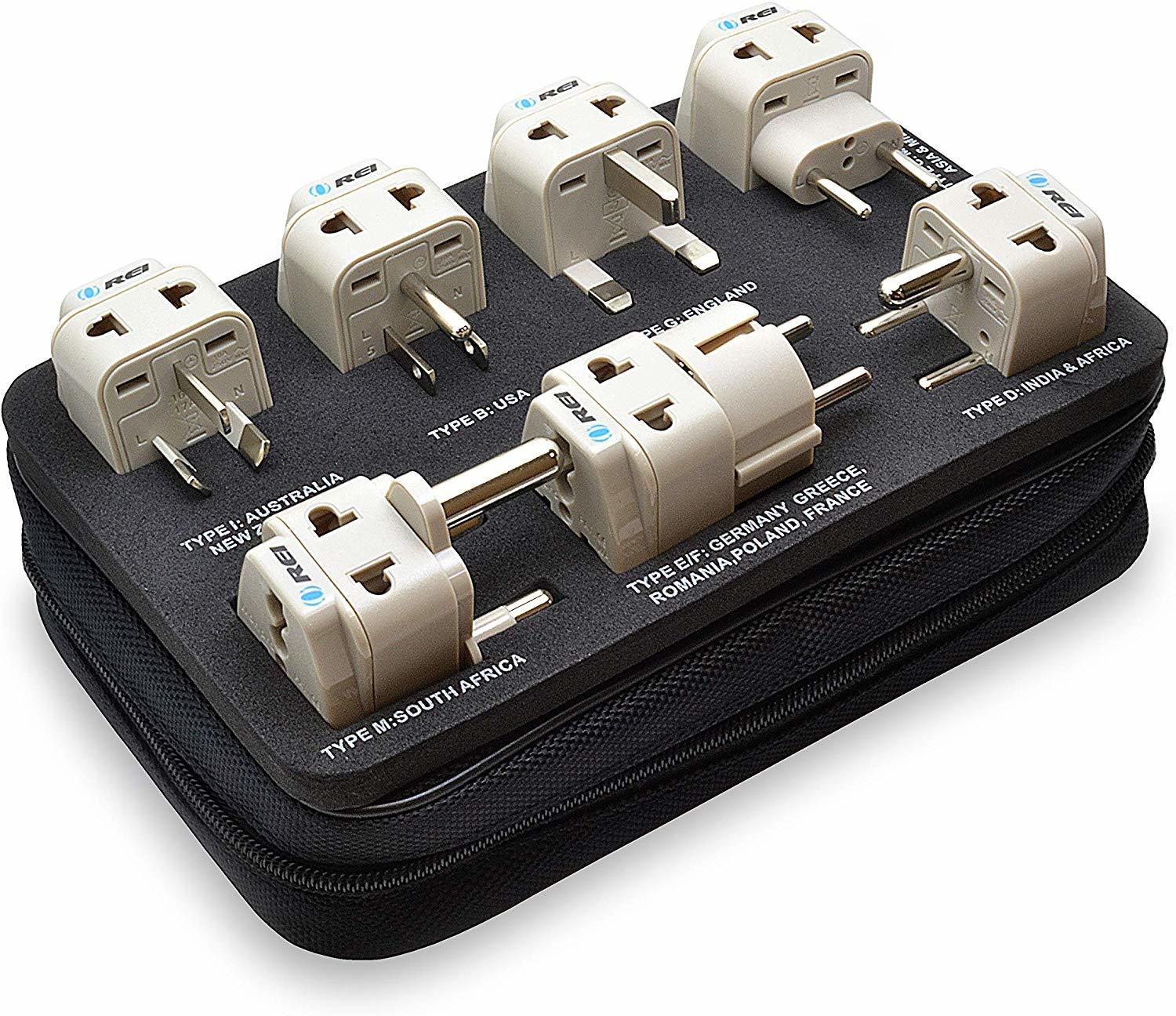
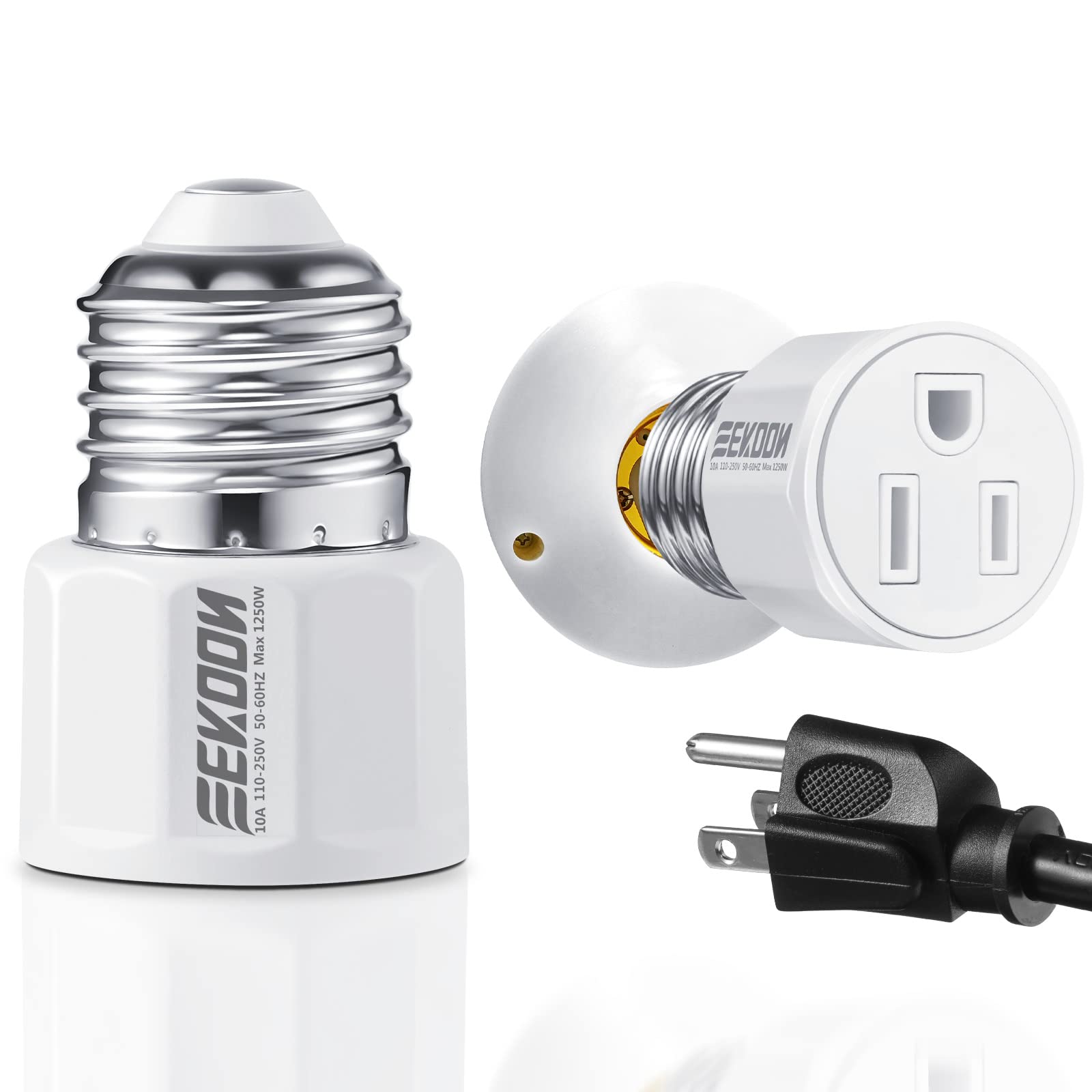

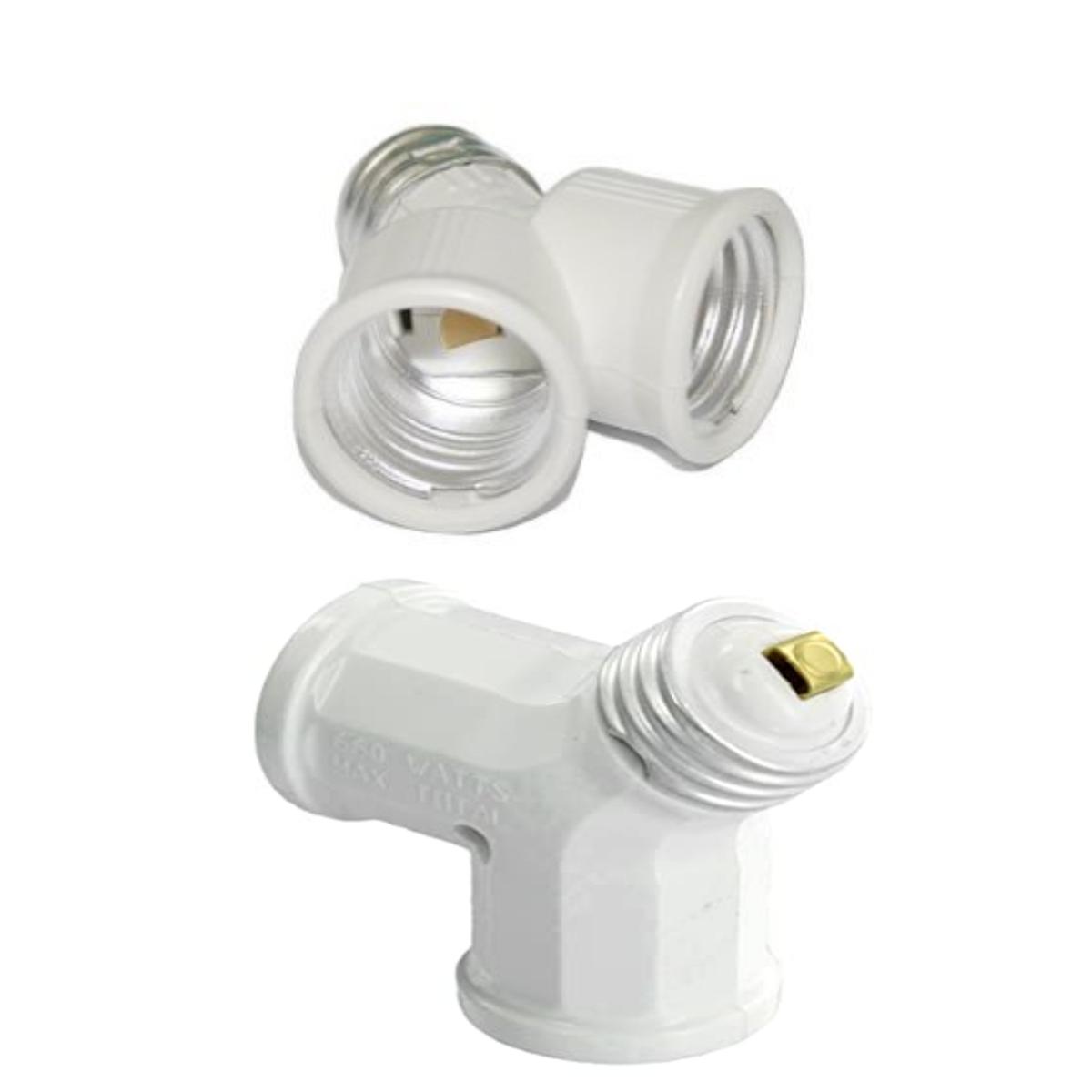
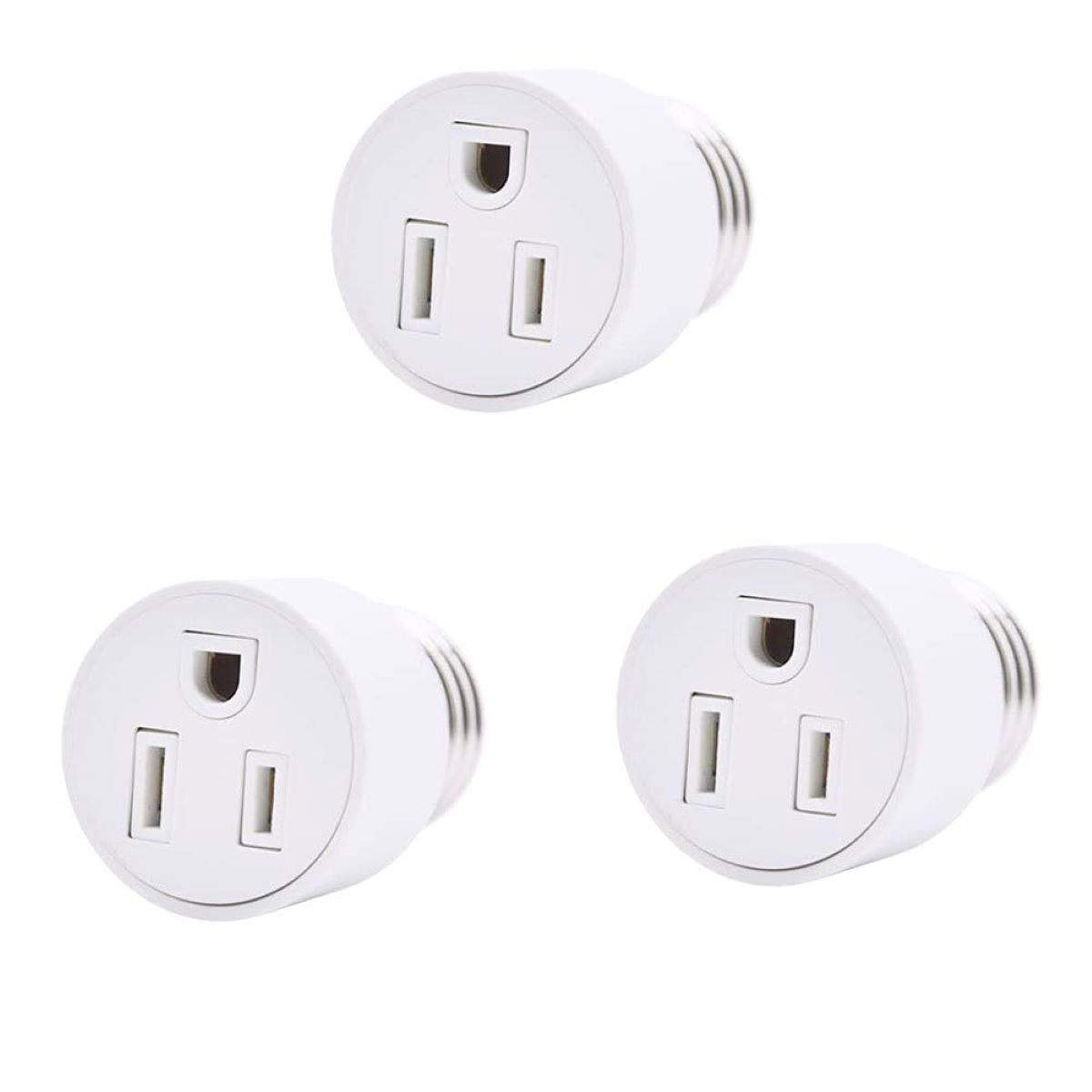
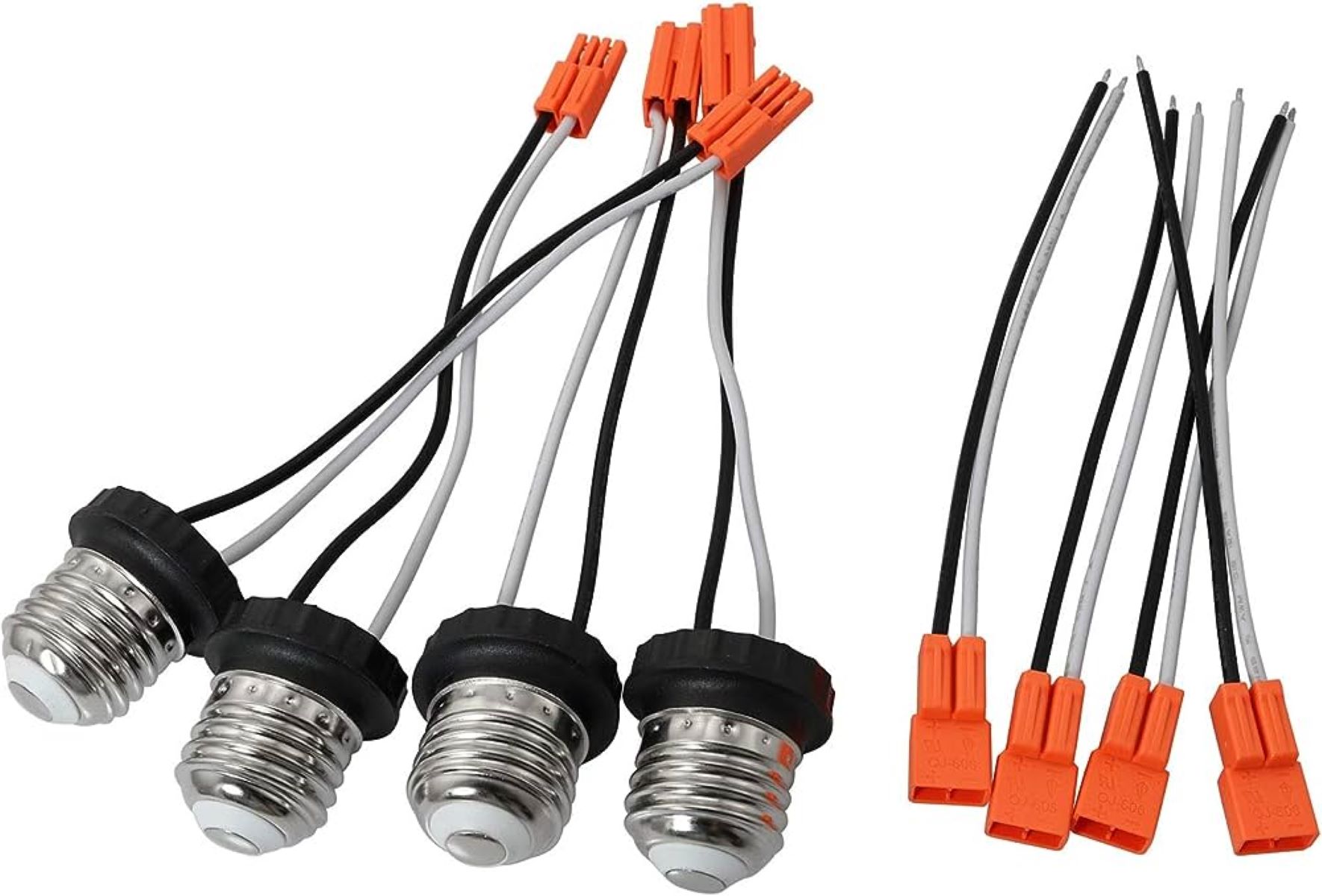
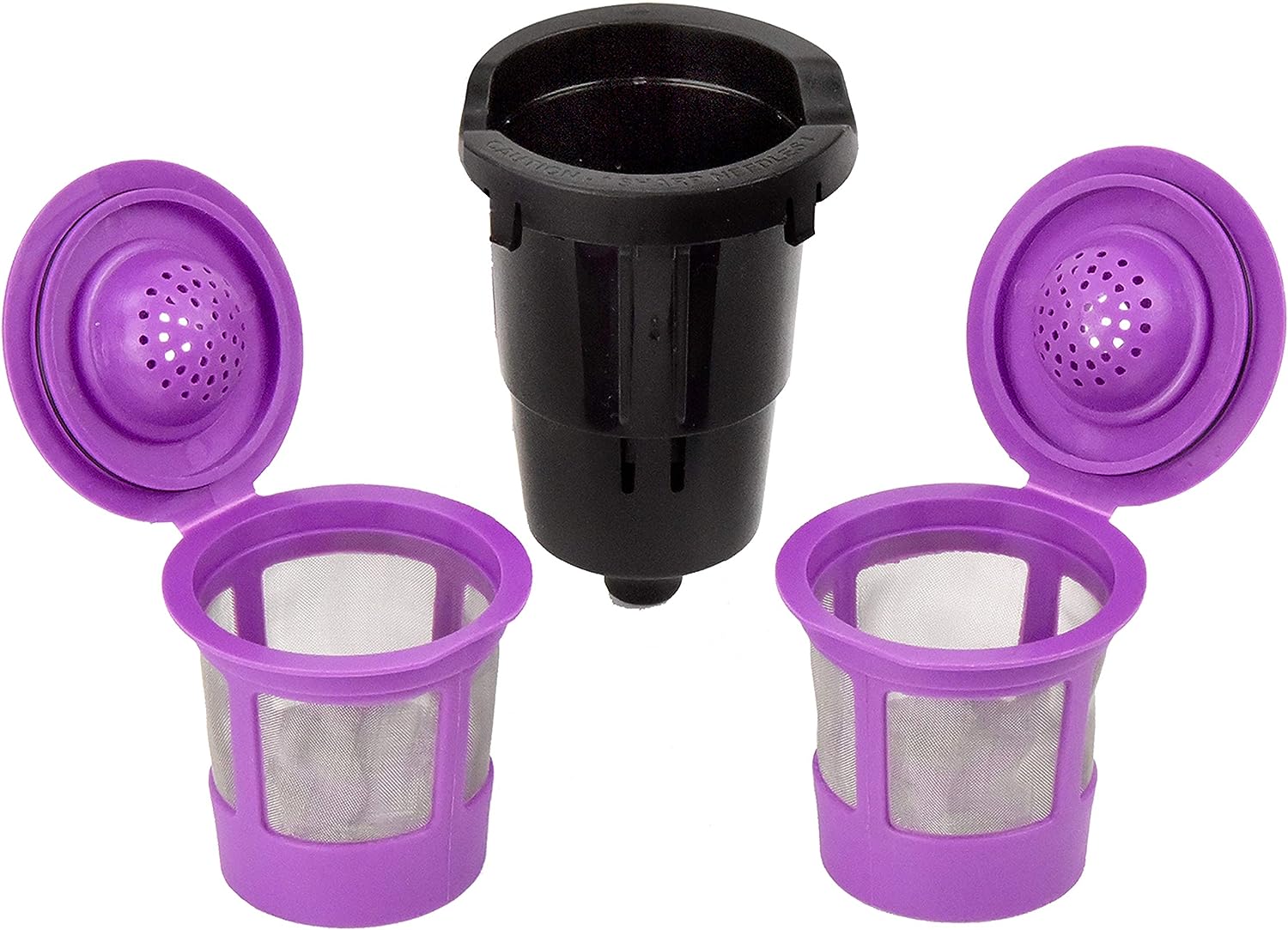
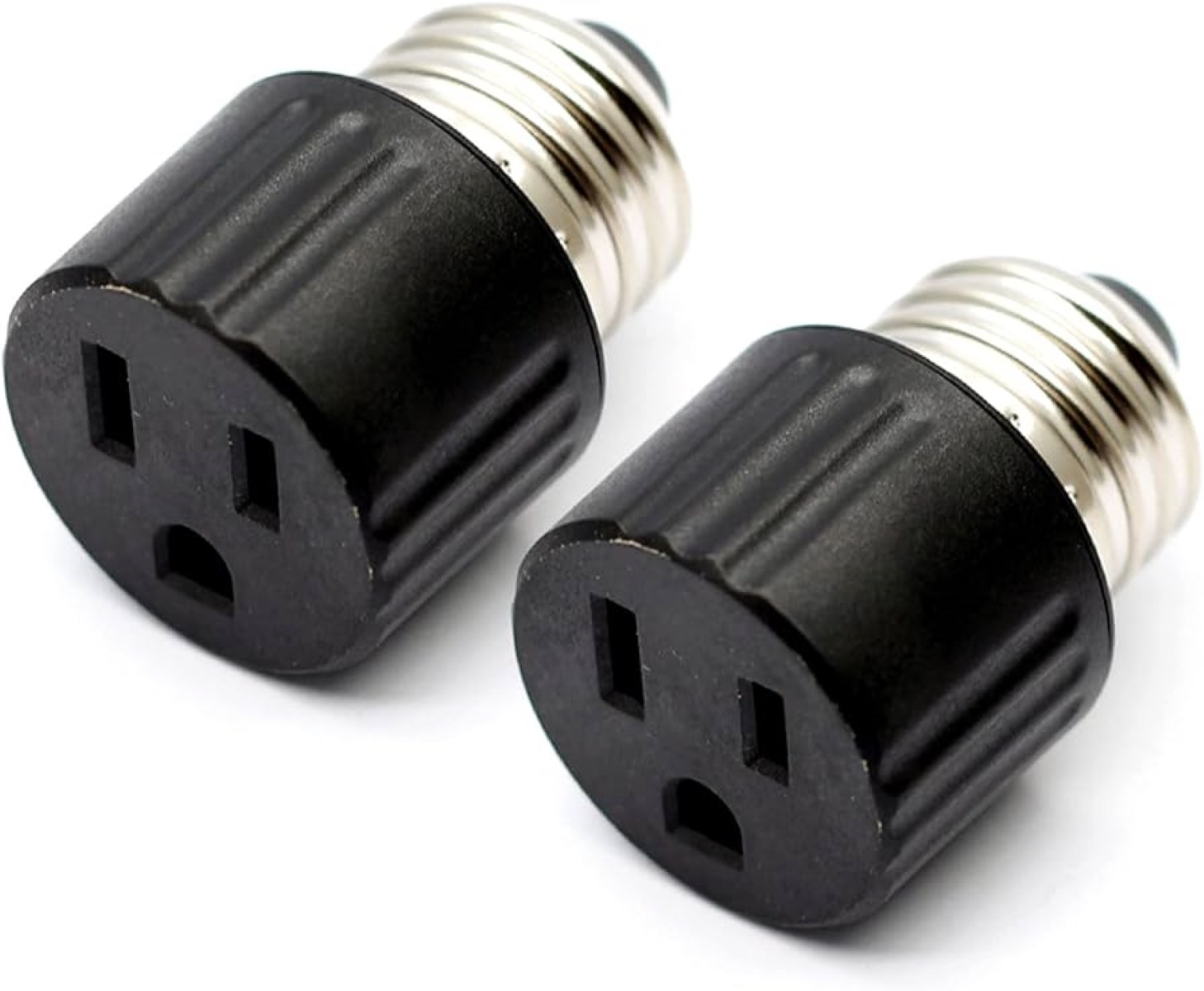
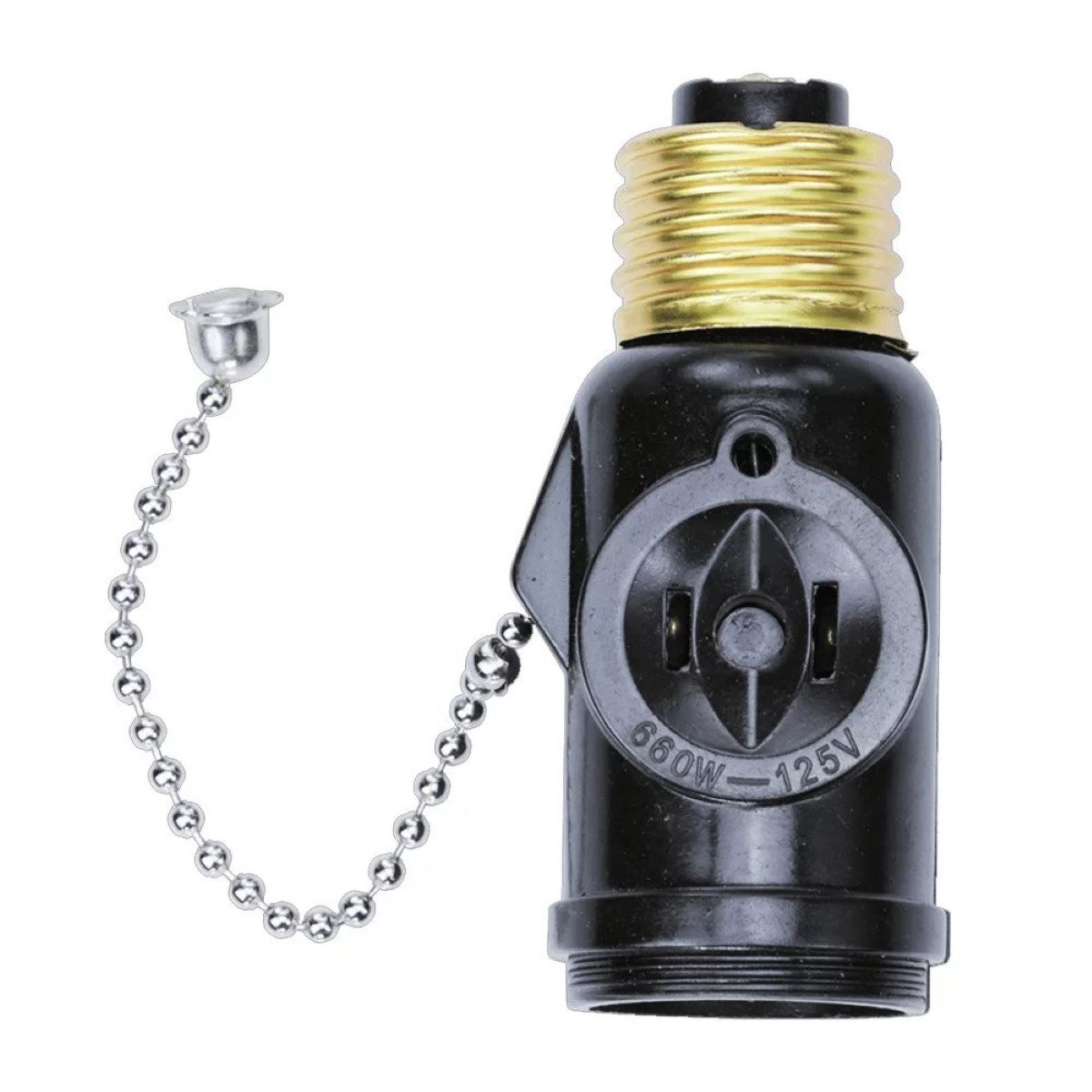
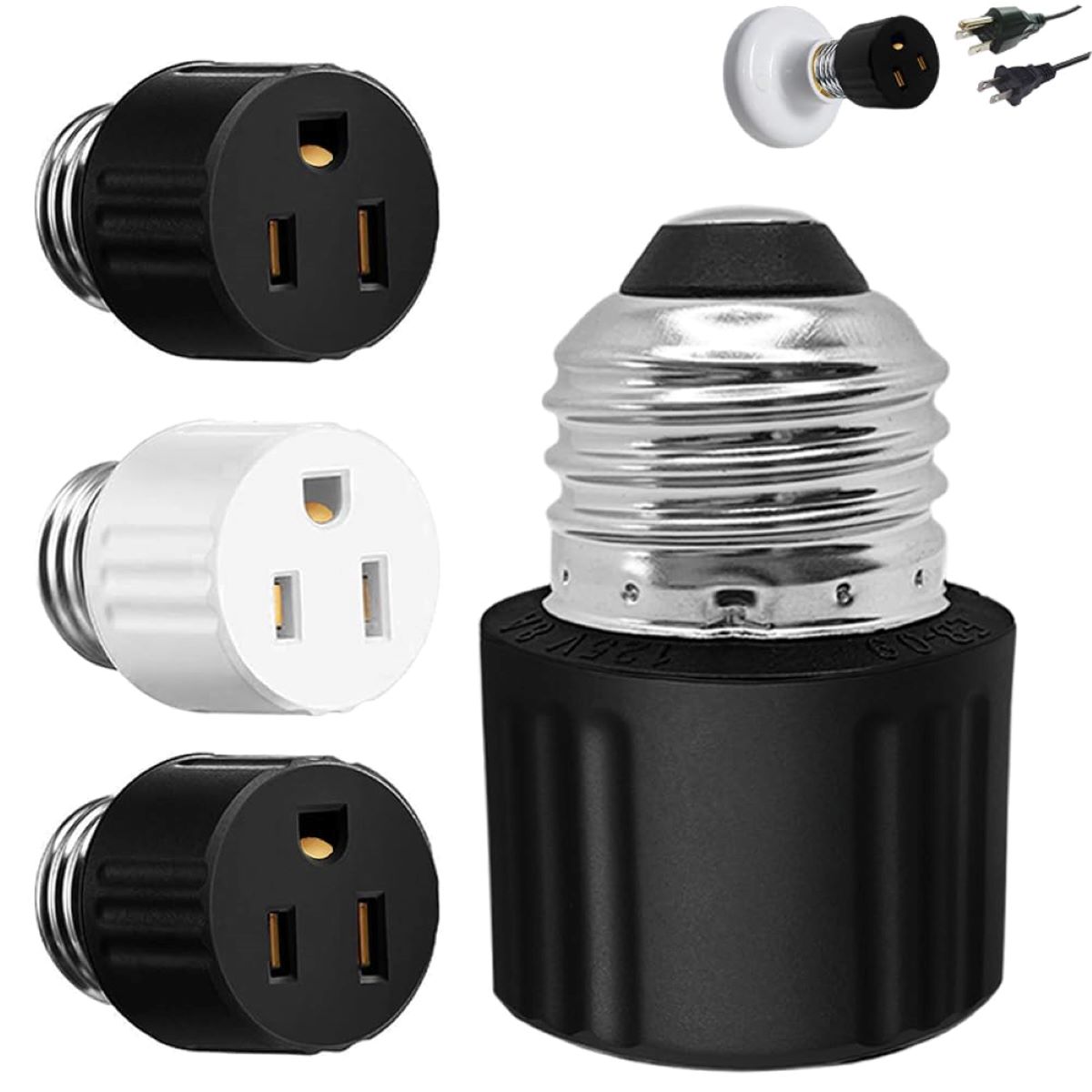
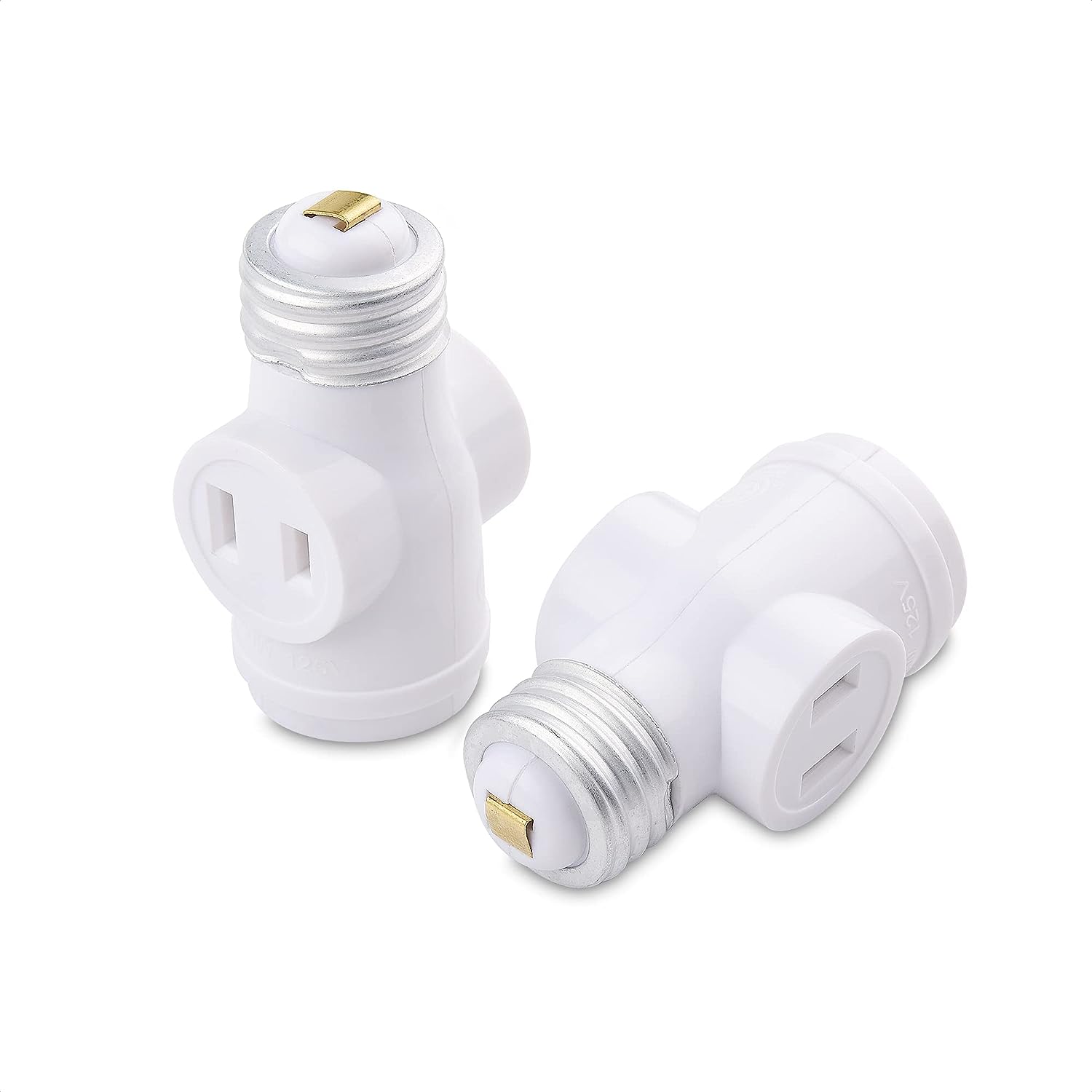

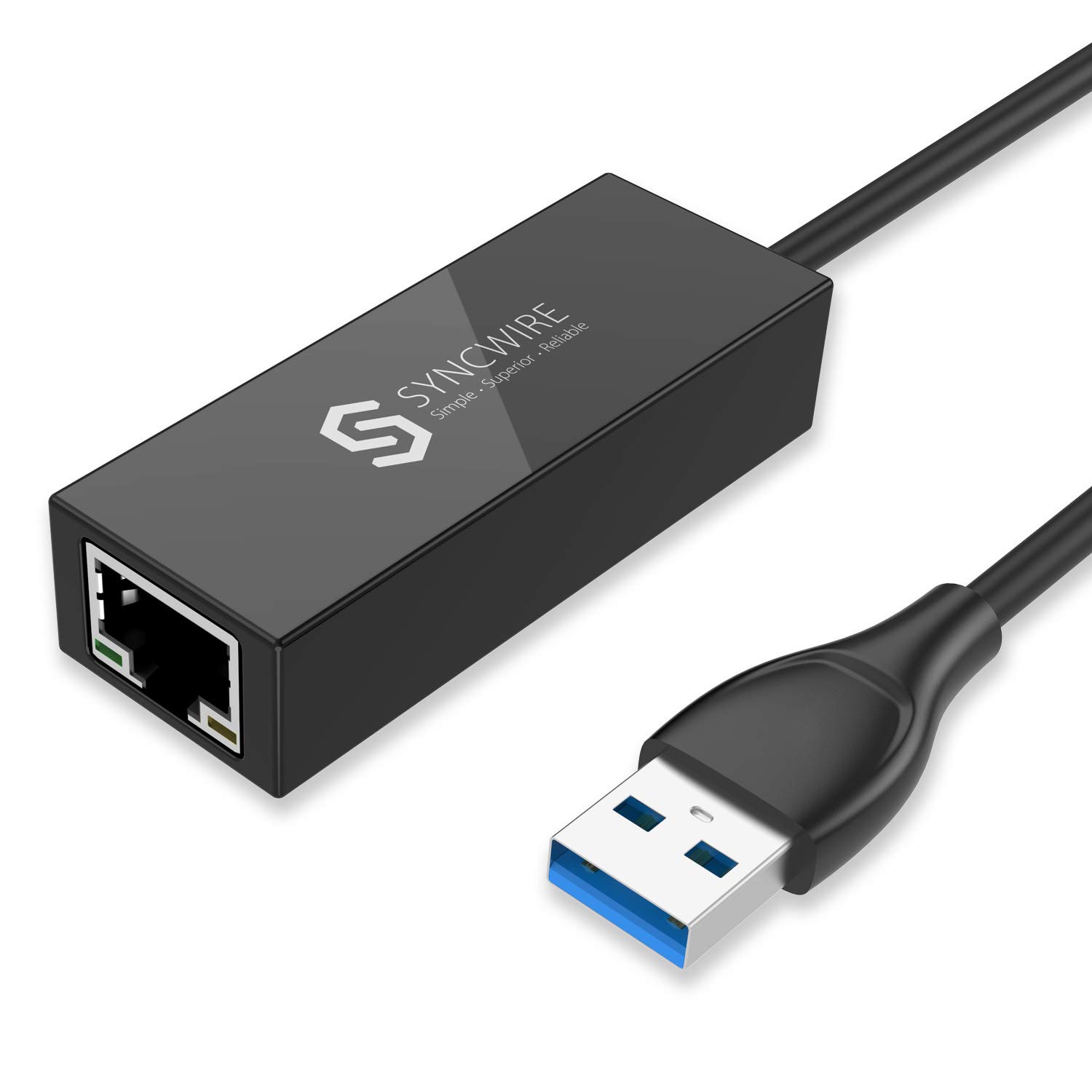

0 thoughts on “How To Use Socket Adapter”